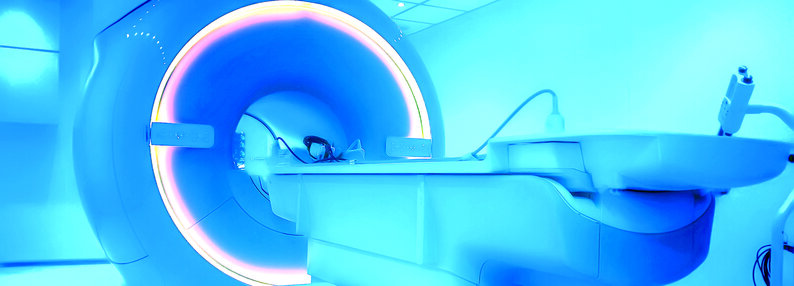


Market and sector review
The new year started with equity markets generally in positive territory. However, there was a significant difference in returns between, on the one hand, large-cap and developed market stocks and on the other, smaller-cap and emerging market ones, with the latter lagging the former considerably. The healthcare sector outperformed the broader market.
On a subsector basis, healthcare information technology, healthcare supplies, and managed care posted negative returns, while healthcare distributors, healthcare facilities, pharmaceuticals, biotechnology and healthcare equipment performed well.
The Company’s NAV was up 3.8% in January, ahead of the benchmark, the MSCI All Country World Daily Net Total Return Health Care, which was up 2.4% for the month (both figures in sterling terms).
Early in January, we attended the JP Morgan Global Healthcare Conference in San Francisco which gave us the opportunity to interact with a large number of companies. Heightened healthcare utilisation and the durability of this trend remained key topics of conversation among the investors attending. Listening to medical technology, distributor and pharmaceutical companies, there was a sense that the higher engagement of patients with the healthcare system is a phenomenon that is expected to continue at least for the whole of the year.
Life sciences tools and services companies were less upbeat. As discussed throughout 2023, this subsector has been experiencing many headwinds, such as inventory drawdowns, macroeconomic difficulties in China, reduced spending among large biopharmaceutical customers and a slowdown in early-stage biotechnology funding. Companies in this industry remained cautious about their outlook but pointed to signs of stabilisation in their underlying markets. On the therapeutics side, we were surprised by the lack of discussion about the anti-obesity opportunity, while the advancements in neuroscience and central nervous system disorders took centre stage, helped perhaps by a flurry of M&A in this field towards the end of the previous year.
Fund activity
The top three contributors on a relative basis in January were Zealand Pharma, Shockwave Medical and UnitedHealth Group. Zealand Pharma continues to appreciate in value with the market becoming more and more enthused about the company’s late-stage obesity pipeline. Shockwave Medical’s performance reflects a positive update at a sell-side conference early in the month, an update that essentially blessed consensus’ 2024 revenues. Managed care company UnitedHealth Group continues to see pressure on its valuation driven by concerns that sustained, elevated levels of utilisation will continue to pressure the company’s medical costs.
Negative contributors on a relative basis during the period were Insulet, Merck and Novo Nordisk. There were no thesis-changing updates for Insulet during the month, although there do remain concerns that the obesity drugs could yet impact the addressable markets for companies that manufacture medical devices for those with diabetes. Merck and Novo Nordisk, neither of which the Fund had exposure to, performed strongly in January, benefitting from an early rotation into the subsector.
Swiss-based pharmaceutical company Novartis has a number of new product cycles that could drive positive revenues and earnings momentum
During January we added positions in ICON, Medincell, Novartis and UCB. A contract research organisation, ICON has seen its valuation derate on concerns that clinical trial activity has moderated, with the greatest concerns appearing to be with early-stage biotechnology companies. We believe those concerns to be overdone and remain constructive on the outsourcing of clinical trials. Medincell develops long-acting injectables in areas such as post-operative pain and schizophrenia, areas we believe represent high, unmet medical need. Swiss-based pharmaceutical company Novartis has a number of new product cycles that could drive positive revenues and earnings momentum in areas such as multiple sclerosis, prostate cancer and early-stage breast cancer. Likewise, UCB is launching a product called Bimzelx that has potential utility in a number of chronic inflammatory conditions such as plaque psoriasis, psoriatic arthritis, non-radiographic axial spondyloarthritis and ankylosing spondylitis. If the management can commercialise Bimzelx successfully, then the near and medium-term growth outlook is very attractive relative to the company’s valuation. The positions were funded, in part, by exiting Astellas Pharma, AstraZeneca and Indivior.
Outlook
While early in the earnings season, results thus far have highlighted that the demand for healthcare products and services remains very strong and will continue to be so for much of 2024. Medical device companies and US insurance companies are pointing to sustained levels of utilisation driven by demographics and patient activity, with US seniors a key driver. Furthermore, therapeutic innovation is driving new product cycles capable of driving positive near-term momentum which could well be sustained for many years to come.




